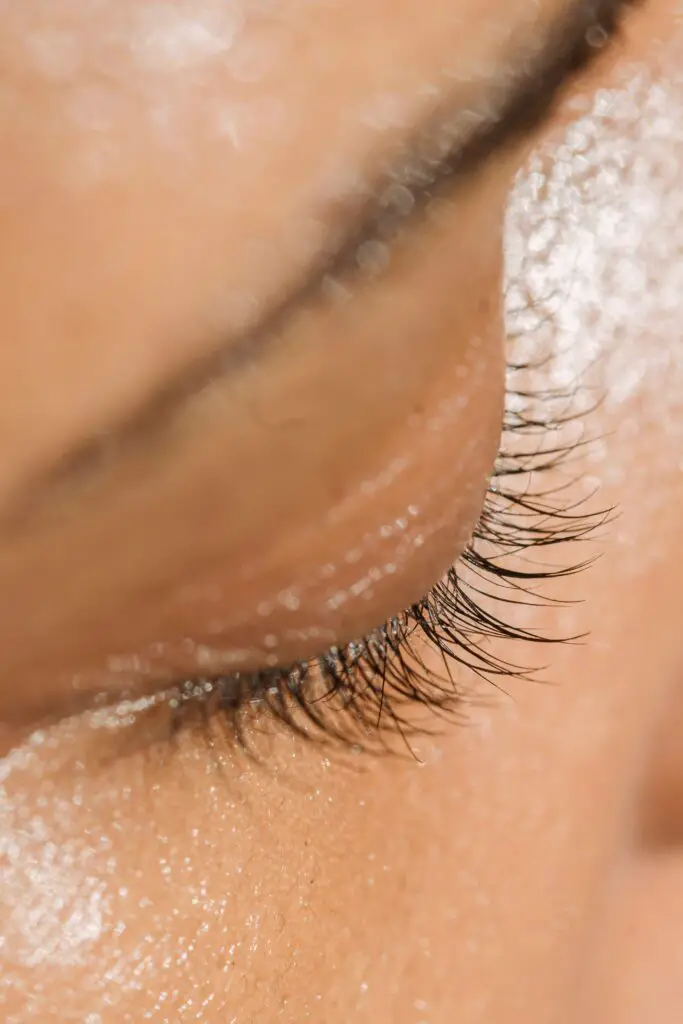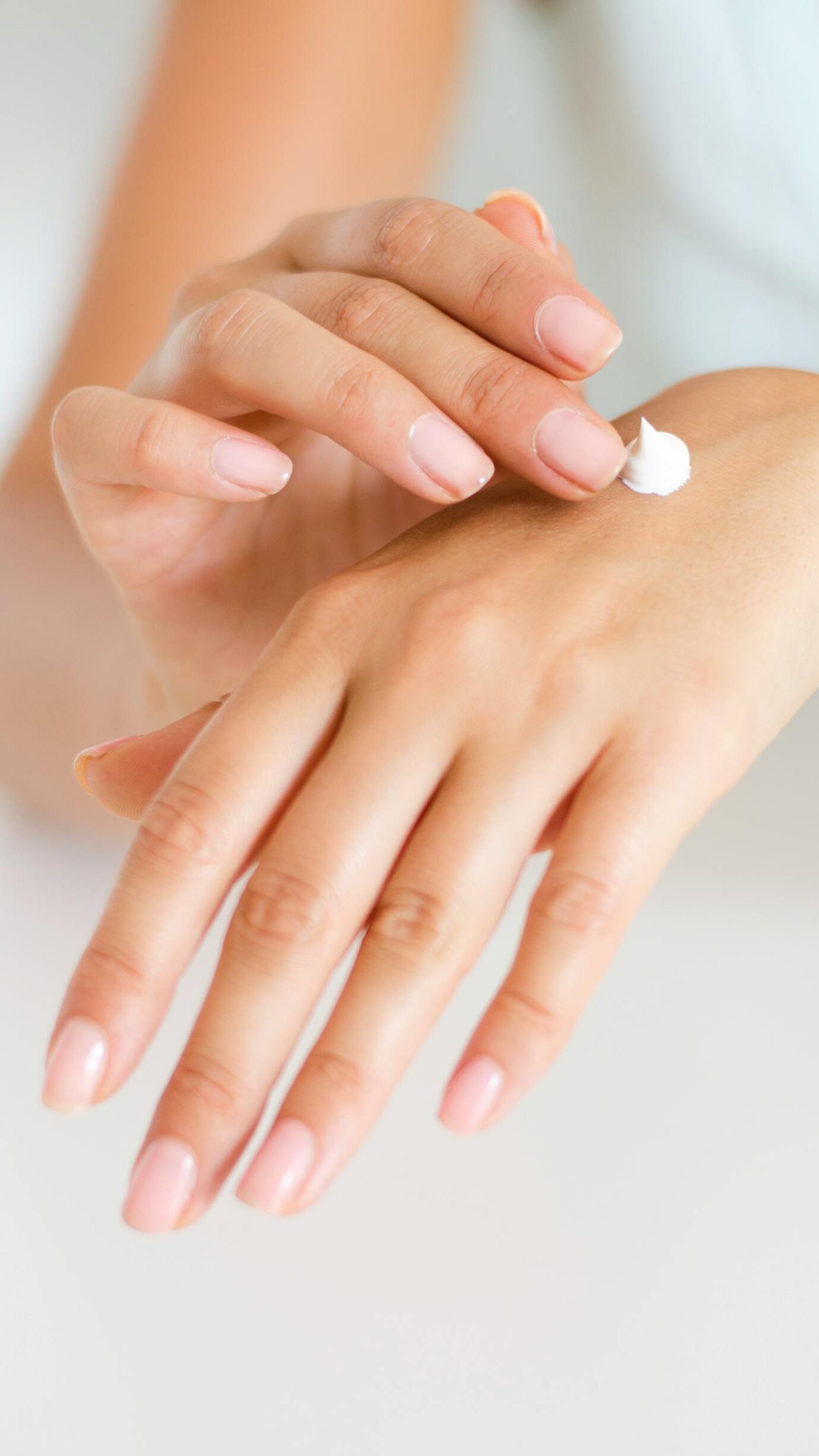5 Exfoliating Tips You Should Try
Exfoliation is an essential step in any skincare routine. It helps to remove dead skin cells, unclog pores, and reveal a fresh and glowing complexion.
However, there are various exfoliating techniques and products available in the market, making it overwhelming to choose the right one for your skin.
To simplify your decision-making process, we have compiled a list of five effective exfoliating tips that you should try. Incorporating these tips into your skincare regimen will leave your skin looking radiant and rejuvenated.
Busy? Save this pin for later.

1. Understand Your Skin Type
Before delving into the world of exfoliation, it is crucial to understand your skin type. This knowledge will assist you in selecting the appropriate exfoliating method and products. There are three main skin types – oily, dry, and combination.

Oily Skin: If you have oily skin, you are more prone to clogged pores and acne breakouts. Opt for exfoliating products that contain salicylic acid or glycolic acid to control oil production and combat blemishes effectively.
These ingredients work by penetrating the pores and dissolving excess oil and dead skin cells, preventing them from clogging the pores and leading to breakouts.
Additionally, look for exfoliators that have mattifying properties to help reduce shine on the skin’s surface.
Dry Skin: Individuals with dry skin should opt for gentle exfoliation methods to avoid stripping away natural oils and causing further dryness.
Look for exfoliators that are moisturizing and contain ingredients like hyaluronic acid or lactic acid to hydrate your skin while removing dead cells.
These ingredients help to attract and retain moisture in the skin, preventing it from becoming dry and flaky. Additionally, consider using exfoliating masks or peels that have nourishing properties to provide extra hydration to your skin.
Combination Skin: Combination skin requires a balanced approach to exfoliation. Focus on using a combination of physical and chemical exfoliators to target different areas of your face. Use gentle scrubs for dry areas and acid-based exfoliants for the T-zone.
This approach allows you to effectively address the specific needs of each area while maintaining a harmonious balance.
Additionally, consider using exfoliating toners or serums that have a combination of AHAs and BHAs to address multiple skin concerns.
2. Choose the Right Exfoliation Method
Once you have identified your skin type, it is crucial to choose the right exfoliation method. There are two main types of exfoliation: physical and chemical.

Physical Exfoliation: Physical exfoliation involves using scrubbing particles or tools to manually remove dead skin cells. Scrubs, brushes, and loofahs are common physical exfoliation methods.
When using physical exfoliators, ensure that the particles are not too abrasive, as this can cause micro-tears in the skin. Opt for gentle circular motions while exfoliating, and avoid applying excessive pressure.
Additionally, consider using exfoliating brushes or devices that have soft bristles or silicone bristles to provide a gentle yet effective exfoliation.
Chemical Exfoliation: Chemical exfoliation involves the use of acids or enzymes to dissolve dead skin cells. Alpha hydroxy acids (AHAs) and beta hydroxy acids (BHAs) are commonly used in chemical exfoliators.
AHAs, such as glycolic acid and lactic acid, work on the surface of the skin, while BHAs, such as salicylic acid, penetrate deeper into the pores.
Chemical exfoliation is often gentler than physical exfoliation and is suitable for sensitive skin types. When choosing chemical exfoliators, consider the concentration of the acids and start with lower percentages to allow your skin to adjust.
It is also important to follow the instructions provided and avoid combining multiple exfoliating products to prevent over-exfoliation.
You Might Also Like: How to Have Clear Skin With Natural Ingredients
3. Establish a Consistent Exfoliation Routine
Consistency is key when it comes to exfoliation. Establishing a regular exfoliation routine will maximize the benefits and improve the overall texture and appearance of your skin. However, it is important not to overdo it, as excessive exfoliation can lead to irritation and sensitivity.

Aim to exfoliate your skin 1-2 times a week initially and gradually increase the frequency if your skin tolerates it well. Monitor your skin’s reaction to determine the optimal frequency.
Remember to always follow up with a moisturizer and sunscreen, as exfoliation can make your skin more sensitive to the sun.
Additionally, consider incorporating exfoliating masks or peels into your routine once or twice a month to provide a deeper exfoliation and enhance the effectiveness of other skincare products.
To make your exfoliation routine more effective, consider the following tips:
- Prep your skin: Before exfoliating, cleanse your skin thoroughly to remove any dirt or makeup. This will allow the exfoliator to work more effectively and prevent any buildup of dead skin cells on the surface.
- Moisturize: After exfoliating, always follow up with a moisturizer to replenish the skin’s moisture barrier and prevent dryness. Look for moisturizers that contain hydrating ingredients such as hyaluronic acid or ceramides to lock in moisture and nourish the skin.
- Avoid harsh ingredients: While exfoliating, avoid using products that contain harsh ingredients such as alcohol or fragrances, as these can cause irritation and damage the skin’s protective barrier. Opt for gentle and soothing formulas that are specifically designed for exfoliation.
4. Don’t Forget About Your Body
While facial exfoliation is often the focus, it is equally important to exfoliate your body. Regular body exfoliation helps to remove dead skin cells, prevents ingrown hairs, and improves the effectiveness of body lotions or creams.

Invest in a gentle body scrub or exfoliating gloves and use them in the shower. Focus on areas prone to dryness, such as elbows, knees, and heels. Gently massage the scrub onto your skin in circular motions, then rinse off thoroughly.
Follow up with a nourishing body moisturizer to lock in hydration. Additionally, consider using body brushes or dry brushing techniques to exfoliate and stimulate circulation.
5. Be Mindful of Exfoliation Frequency During Seasonal Changes
As the seasons change, so do the needs of our skin. During colder months, our skin tends to become drier and more sensitive, requiring a gentler approach to exfoliation.

Reduce the frequency of exfoliation and choose products that are specifically formulated for sensitive skin. Look for exfoliators that contain moisturizing ingredients like shea butter or oat extract to nourish and soothe the skin while exfoliating.
In contrast, during warmer months, when our skin is exposed to more sweat and oil production increases, a slightly more frequent exfoliation routine may be beneficial. Adjust your exfoliation schedule accordingly to maintain a balanced complexion.
Consider using lightweight exfoliating gels or toners that help to control excess oil and keep the pores clean and clear.
In conclusion, exfoliating is a vital step in achieving healthy and radiant skin. By understanding your skin type, selecting the right exfoliation method, establishing a consistent routine, including body exfoliation, and being mindful of seasonal changes, you can effectively incorporate exfoliation into your skincare regimen.
You Might Also Like: 8 Natural Face Skincare Routine You Should Follow
FAQ
1. What should I consider when selecting exfoliating products for oily skin?
For oily skin, opt for exfoliating products that contain salicylic acid or glycolic acid to control oil production and combat blemishes effectively. Look for exfoliators that have mattifying properties to help reduce shine on the skin’s surface.
2. How should I choose the right exfoliation method?
There are two main types of exfoliation: physical and chemical. Physical exfoliation involves using scrubbing particles or tools to manually remove dead skin cells, while chemical exfoliation involves the use of acids or enzymes to dissolve dead skin cells. Choose a method based on your skin type and preference.
3. How often should I exfoliate my skin?
Aim to exfoliate your skin 1-2 times a week initially and gradually increase the frequency if your skin tolerates it well. Monitor your skin’s reaction to determine the optimal frequency. Remember to always follow up with a moisturizer and sunscreen.
4. Is body exfoliation important?
Yes, regular body exfoliation helps to remove dead skin cells, prevents ingrown hairs, and improves the effectiveness of body lotions or creams. Invest in a gentle body scrub or exfoliating gloves and focus on areas prone to dryness. Follow up with a nourishing body moisturizer.





